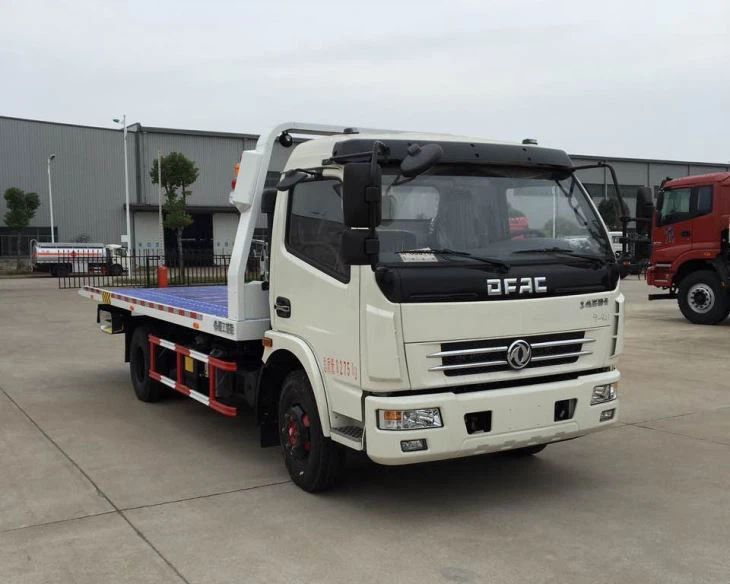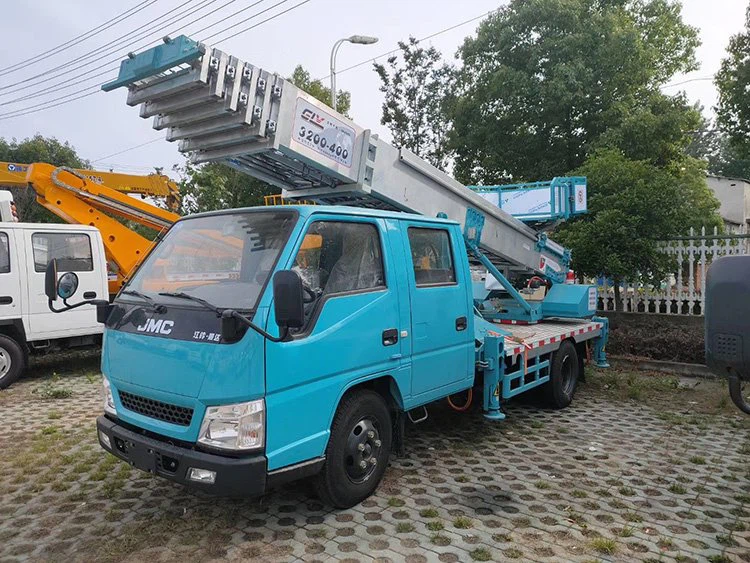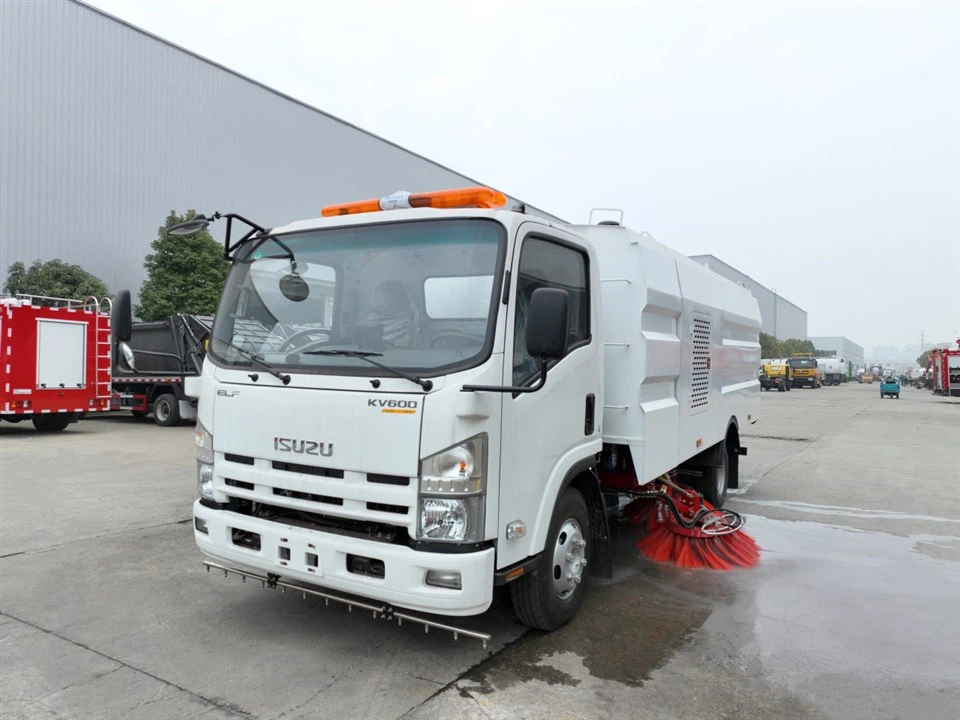Understanding Labrie Parts: A Comprehensive Guide

When it comes to efficient waste management, the importance of reliable equipment cannot be overstated. Labrie parts play a crucial role in ensuring that waste collection vehicles operate smoothly and effectively. This article delves into everything you need to know about Labrie parts, from their components to maintenance tips, making it an invaluable resource for businesses and individuals alike.
What Are Labrie Parts?
Labrie parts refer to the various components that make up Labrie vehicles, renowned for their durability and efficacy in waste collection. Labrie vehicles are designed to handle various waste types, mitigating the challenges often faced in urban waste management. Understanding these parts is essential for operators and maintenance crews aiming to maximize the performance and longevity of these vehicles.
The Key Components of Labrie Parts
Chassis and Frame
The chassis serves as the backbone of any Labrie vehicle. It supports the overall structure and connects all major components. Made from high-strength steel, these frames are designed to endure the heavy loads associated with waste collection.
Hydraulic System

The hydraulic system is vital for the operation of Labrie vehicles. It powers the lifting mechanism for the garbage containers and is responsible for several movements. Key components include:
- Hydraulic pump
- Hydraulic cylinders
- Hoses and fittings
Tip for Maintenance:
Regularly check for hydraulic leaks, and ensure all fittings are tight to prevent fluid loss.
Body Structure
The body of a Labrie vehicle is designed to withstand harsh elements and rough handling. Often made from corrosion-resistant material, this structure helps protect the contents while on the road.
Compaction System
Labrie vehicles often feature advanced compaction systems that aid in maximizing load capacity. The effectiveness of this system is largely determined by its:
- Compaction plate
- Compaction mechanism
- Control system
Practical Example:
Many municipalities report a reduction in trips required for waste collection thanks to improved compaction systems, which allows vehicles to carry significantly more waste per load.
Common Labrie Parts and Their Functions
| Part Name | Description | Function |
|---|---|---|
| Tailgate | The rear section of the body that can be opened for unloading. | Facilitates easy dumping of waste. |
| Lift Mechanism | Assembly responsible for raising and lowering the waste bins. | Enables efficient loading and unloading. |
| Control Panel | Interface for operators to control different vehicle functions. | Ensures ease of operation for waste collection. |
| Safety Features | Includes alarms and cameras. | Enhances safety during operations. |
Choosing the Right Labrie Parts
How to Identify the Correct Parts
When looking for Labrie parts, it’s essential to identify the correct specifications. Here’s how:
- Check the model of your vehicle.
- Refer to the owner’s manual for part numbers.
- Consult with a certified dealer or repair shop.
Original vs. Aftermarket Parts
Choosing between original and aftermarket parts can significantly impact performance and longevity. Original parts are designed specifically for Labrie vehicles, whereas aftermarket options may vary in quality and fit.

Tip:
When in doubt, always opt for original parts to ensure compatibility and reliability.
Maintenance Tips for Labrie Parts
Regular Inspections
Conducting frequent inspections of all components can help identify potential issues before they escalate. Focus areas should include:
- Brakes
- Tires
- Hydraulic systems
- Electrical components
Lubrication
Proper lubrication of moving parts is crucial. Schedule regular lubrication checks for:
- Hinges
- Hydraulic mechanisms
- Wheels and axles
Scheduled Maintenance
Setting up a routine maintenance schedule can prevent breakdowns and extend the life of the vehicle. Keep records of all maintenance work performed.
Understanding Labrie Parts Pricing
Factors Influencing Cost
Several factors determine the pricing of Labrie parts, including:
- Original vs. aftermarket
- Availability of the part
- Supplier pricing strategy
Where to Purchase Labrie Parts
Purchasing Labrie parts can be done through various channels:
- Authorized dealers
- Online marketplaces
- Local repair shops specializing in waste collection vehicles
Frequently Asked Questions (FAQs)
1. What are the most commonly replaced Labrie parts?
The most commonly replaced parts include hydraulic hoses, brakes, and compaction mechanisms due to wear and tear.
2. How often should I perform maintenance on Labrie vehicles?
It is recommended to perform maintenance checks every 3,000 miles or every three months, depending on usage.
3. Can I use aftermarket parts for my Labrie vehicle?
Yes, but it’s crucial to ensure that they are compatible with your specific model to avoid performance issues.
4. How do I find the right parts for my Labrie vehicle?

Refer to your vehicle’s manual for part numbers, and consult with a certified dealer for assistance.
5. What should I do if my vehicle is experiencing hydraulic issues?
Check for leaks and inspect the hydraulic fluid levels. If problems persist, consult a professional for further diagnostics.
6. Are there any resources for learning more about Labrie parts?
Yes, you can find valuable resources on the official Labrie website, as well as through manuals and repair guides.
